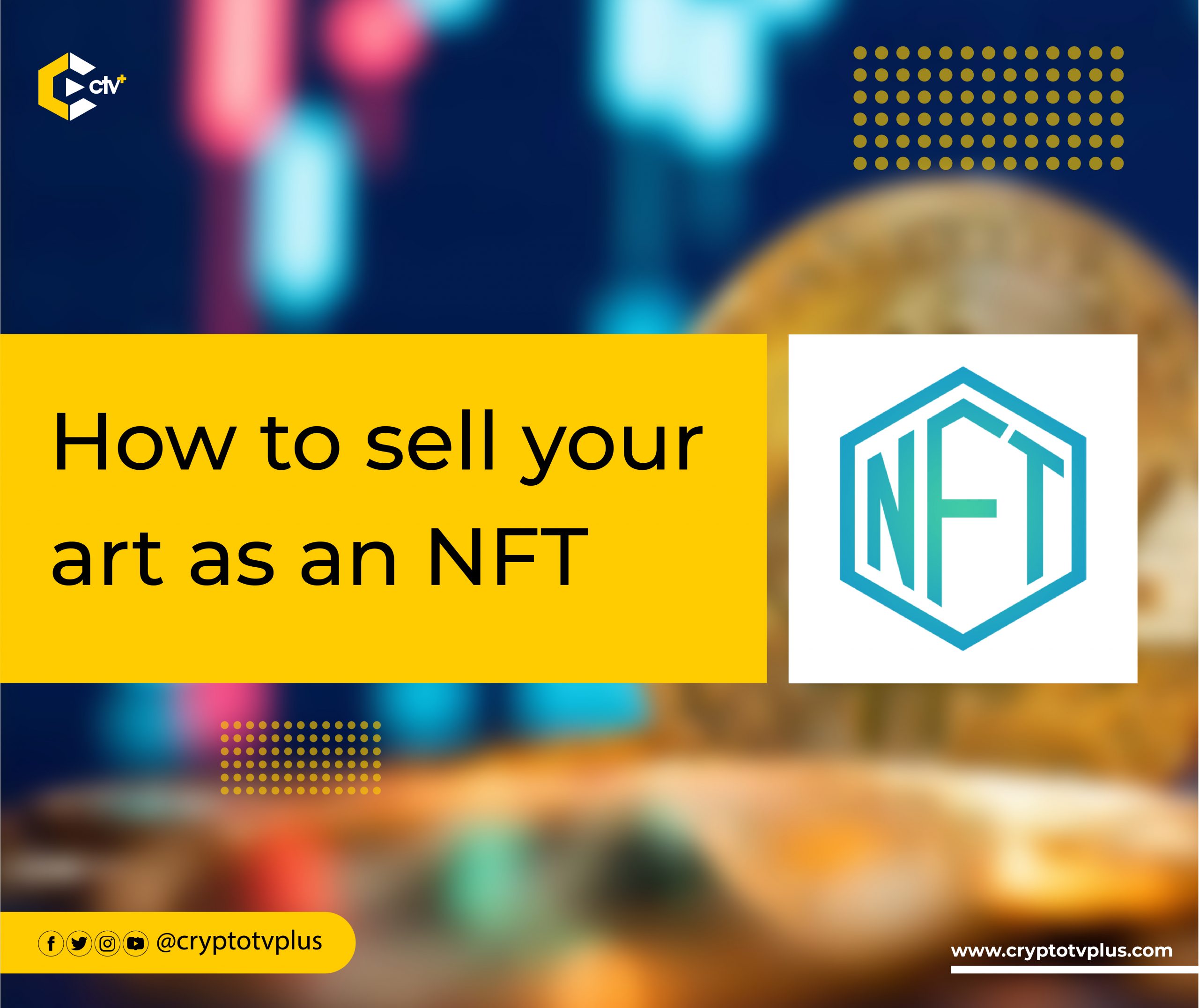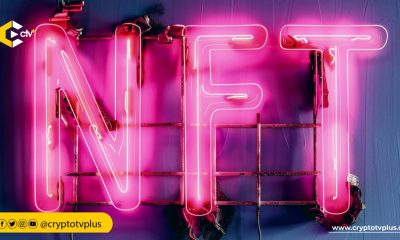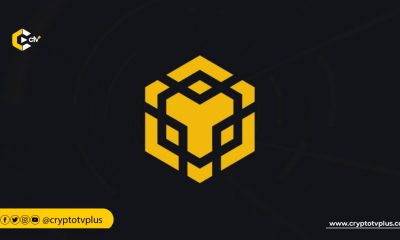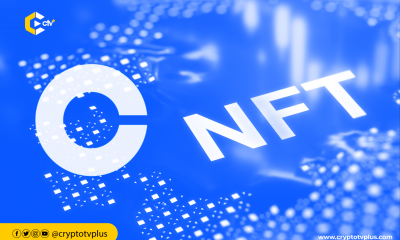Education
How to sell your art as an NFT

The use of Non-fungible tokens (NFTs) has grown over the past one year, with many innovations and applications birthed and pushing the boundaries of what is possible. Corporations and individuals are taking a position in the NFT space to build communities, drive engagement and generate revenues. Artists like Painters, sculptors, musicians etc. are tapping into the opportunities of NFTs and using it to reach a wider audience and sell their crafts. This article examines the processes through which arts can be sold as NFTs. Before physical arts can be sold as NFTs, they need to be converted into digital assets. Once you have the art you intend to sell as an NFT, the following steps outline how the art can be converted into an NFT and how it can be listed for sale.
Choose and fund a digital wallet
To make and sell NFTs, cryptocurrency is needed, and this necessitates the need for a wallet. This wallet will hold custody of both the NFT and the cryptocurrency. While doing this, it is important to use NFT-compatible wallets. This will hold custody of both the NFTs and the cryptocurrency used for listing fees and transaction fees on the NFT marketplace.
Once this wallet has been set up, the next step is to fund the wallet, the native token of the Blockchain intended to sell the NFT. For example, Ether for the Ethereum blockchain, Matic for Polygon, and Solana for the Solana blockchain.
Connect the wallet to the selected NFT platform
The next step is to connect the digital wallet to the NFT marketplace. For most NFT marketplaces, there is always an icon indicating the connection of wallets. Once this is clicked, the prompts should be followed to authenticate the action.
Upload the file to be converted into an NFT
Once the wallet has been funded and connected to the NFT platform, the next step is to convert the art to an NFT. On the marketplace, click on the create icon or similar button on the marketplace of choice and follow the prompts that will lead to the uploading of the art to be converted.
Set up an auction-type for the NFT
After the art has been uploaded, the next step is to choose how the NFT is to be sold. Most marketplaces offer three options: fixed price, unlimited auction, and Timed auction.
For the fixed price, a non-negotiable price is set, and the purchase is initiated and completed as soon as the listing price is paid by the buyer. An unlimited auction is an option that allows endless biddings until the NFT owner accepts the most suitable price which is mostly the highest bidding price. The timed auction allows the placement of bids for an NFT within an amount of time. Once the time elapses, the NFT is unlisted from sales until it gets relisted by the NFT owner.
This has to be set to determine the format with which the NFT sale will take place. For these two auction options, the NFT owner sets the minimum bidding price to guide potential buyers while bidding for the NFT.
In events where the received bids are below the minimum bidding price, there is always a set reserve price that is lower than the set minimum bidding price. The reserve bidding price can then be put into consideration and the NFT owner sells in respect to this reserve price.
In extreme situations where the received biddings are lower than both the minimum bidding price and the reserve price, the NFT remains unsold. To get it sold, it has to be relisted on the marketplace.
Add a description to the NFT and pay the listing fee.
Upon completing the steps above, the next step is to add a title and description for the about-to-be-listed NFT. This is to increase the chances of selling the NFTs. The description is mostly an emotional statement about the art geared to convince potential buyers.
The final step in creating an NFT is to pay the listing price specified by the NFT platform. This listing fee will be deducted from the connected wallet. In addition to the listing fee, an additional fee to generate the actual NFT will be deducted from the wallet. Once this step has been completed and the fees have been paid, the art is converted into an NFT and is listed for sale on the marketplace.
Once they accept the terms of the transaction, the value of the purchased NFT is deposited into the connected wallet automatically — your wallet. This marks the end of the NFT sale.
To sell arts as NFTs, the following marketplaces are the top go to marketplaces to get them sold. OpenSea, Rarible, NFTfiy, Magic Eden and Binance NFT marketplace.
What do you think of this article? Share your thoughts in the comment section below
Read Also:
























